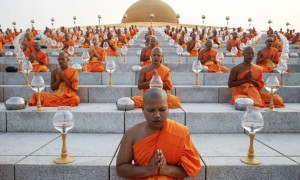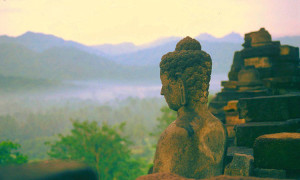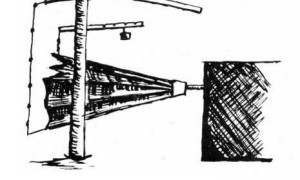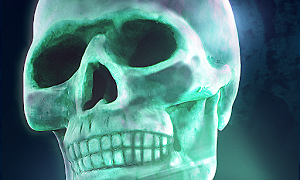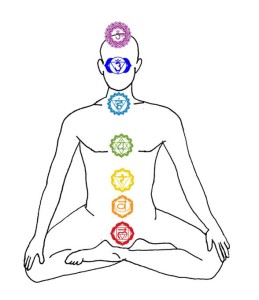 In Hinduism, a chakra (Sanskrit cakra, “wheel”) is an energy point or node in the subtle body.There are seven major chakras, which are arranged vertically along the spine:
In Hinduism, a chakra (Sanskrit cakra, “wheel”) is an energy point or node in the subtle body.There are seven major chakras, which are arranged vertically along the spine:
7. Sahasrara (Sanskrit, “thousand petal lotus”) or crown chakra is located at the crown of the head. This is the chakra of enlightenment and spiritual connection to our higher selves, others, and ultimately, to the divine.
6. Ajna (Sanskrit, “command”) or third-eye chakra. Ajna is located in between the eyebrows. Ajna is our center of intuition.
5. Vishuddha (Sanskrit, “especially pure”), or Vishuddhi, or throat chakra is located in the area of the throat. Vishuddha relates to communication and growth through expression. Physically, Vishuddha governs communication.
4. Anahata (Sanskrit, “unstruck”) or heart chakra is located at the heart center. The heart chakra relates to complex emotions, compassion, tenderness, unconditional love, equilibrium, rejection and well-being. Physically, Anahata governs circulation.
3. Manipura (Sanskrit, “jewel city”) or solar plexus/navel chakra is at the area from the navel to the breastbone. It relates to willpower, fear, anxiety. Physically, Manipura governs digestion.
2. Svadhishthana (Sanskrit, “one’s own base”) or sacral chakra is located above the pubic bone, three fingers below the navel. It relates to the testes or the ovaries that produce the various sex hormones involved in the reproductive cycle. Sacral chakra governs relationships, violence, addictions, basic emotional needs and pleasure. Physically, Svadhishthana governs reproduction, mentally it governs creativity, emotionally it governs joy, and spiritually it governs enthusiasm.
1. Muladhara (Sanskrit, “root support”) or root chakra is located at the base of the spine in the perineum region. Muladhara is related to instinct, security, survival and also to basic human potentiality. Physically, Muladhara governs sexuality, mentally it governs stability, emotionally it governs sensuality, and spiritually it governs a sense of security.

